Special Report
21 Most Important Inventions of the 21st Century
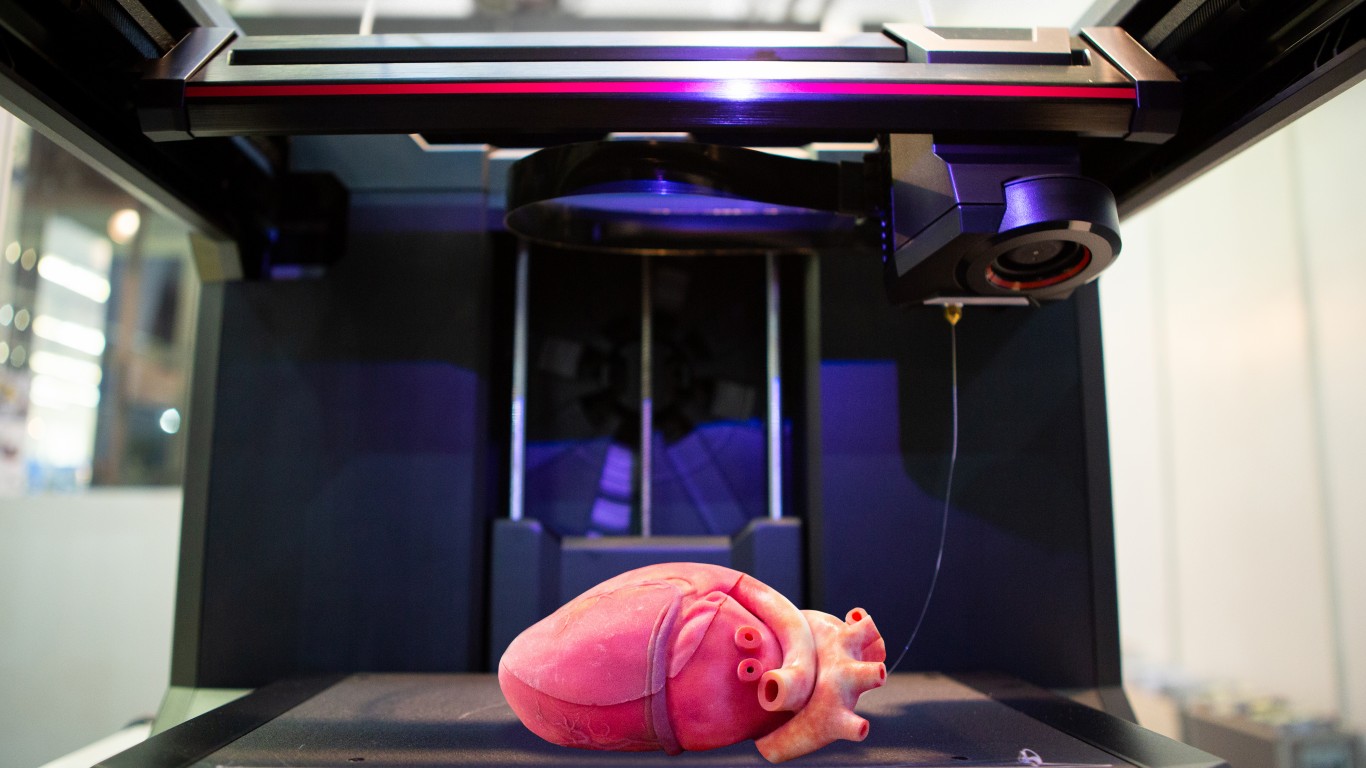
Published:
Last Updated:

The human race has always innovated, and in a relatively short time went from building fires and making stone-tipped arrows to creating smartphone apps and autonomous robots. Today, technological progress will undoubtedly continue to change the way we work, live, and survive in the coming decades.
Since the beginning of the new millennium, the world has witnessed the emergence of social media, smartphones, self-driving cars, and autonomous flying vehicles. There have also been huge leaps in energy storage, artificial intelligence, and medical science. Men and women have mapped the human genome and are grappling with the ramifications of biotechnology and gene editing.
We are facing immense challenges in global warming and food security, among many other issues. While human innovation has contributed to many of the problems we are facing, it is also human innovation and ingenuity that can help humanity deal with these issues. These are 21 strategies that could avert climate disaster.
24/7 Wall St. examined media reports and other sources on the latest far-reaching innovations to find some of the most important 21st-century inventions. In some cases, though there were some precursor research and ancillary technologies before 2001, the innovation did not become available to the public until this century. This list focuses on innovations (such as touch screen glass) that support products rather than the specific products themselves (like the iPhone).
It remains to be seen if all the technology on this list will continue to have an impact throughout the century. Legislation in the United States may limit the longevity of e-cigarettes, for example. But some of the inventions of the last 20 years will likely have staying power for the foreseeable future. Here are some inventions that are hundreds of years old but are still widely used today.
Click here to see the 21 most important inventions of the 21st century
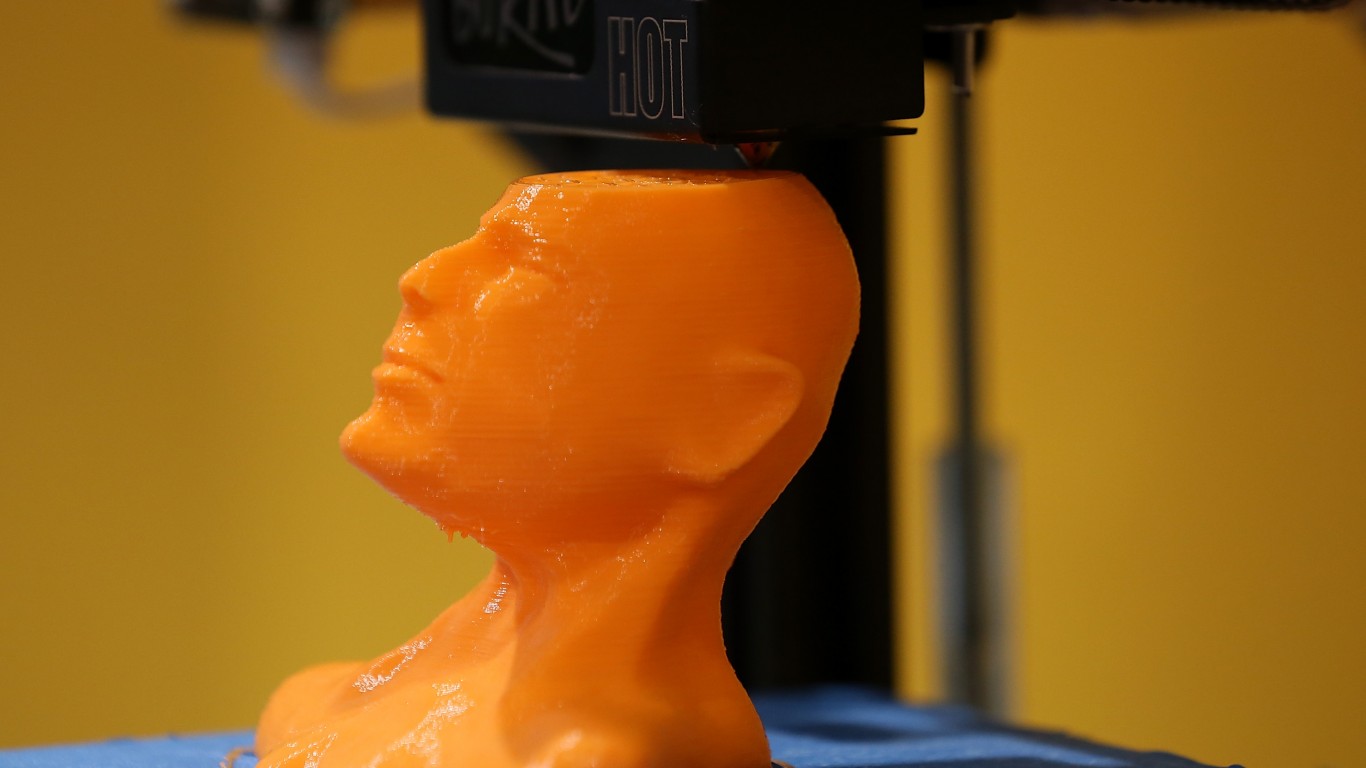
1. 3D printing
Most inventions come as a result of previous ideas and concepts, and 3D printing is no different. The earliest application of the layering method used by today’s 3D printers took place in the manufacture of topographical maps in the late 19th century, and 3D printing as we know it began in 1980.
The convergence of cheaper manufacturing methods and open-source software, however, has led to a revolution of 3D printing in recent years. Today, the technology is being used in the production of everything from lower-cost car parts to bridges to less painful ballet slippers and it is even considered for artificial organs.
[in-text-ad]
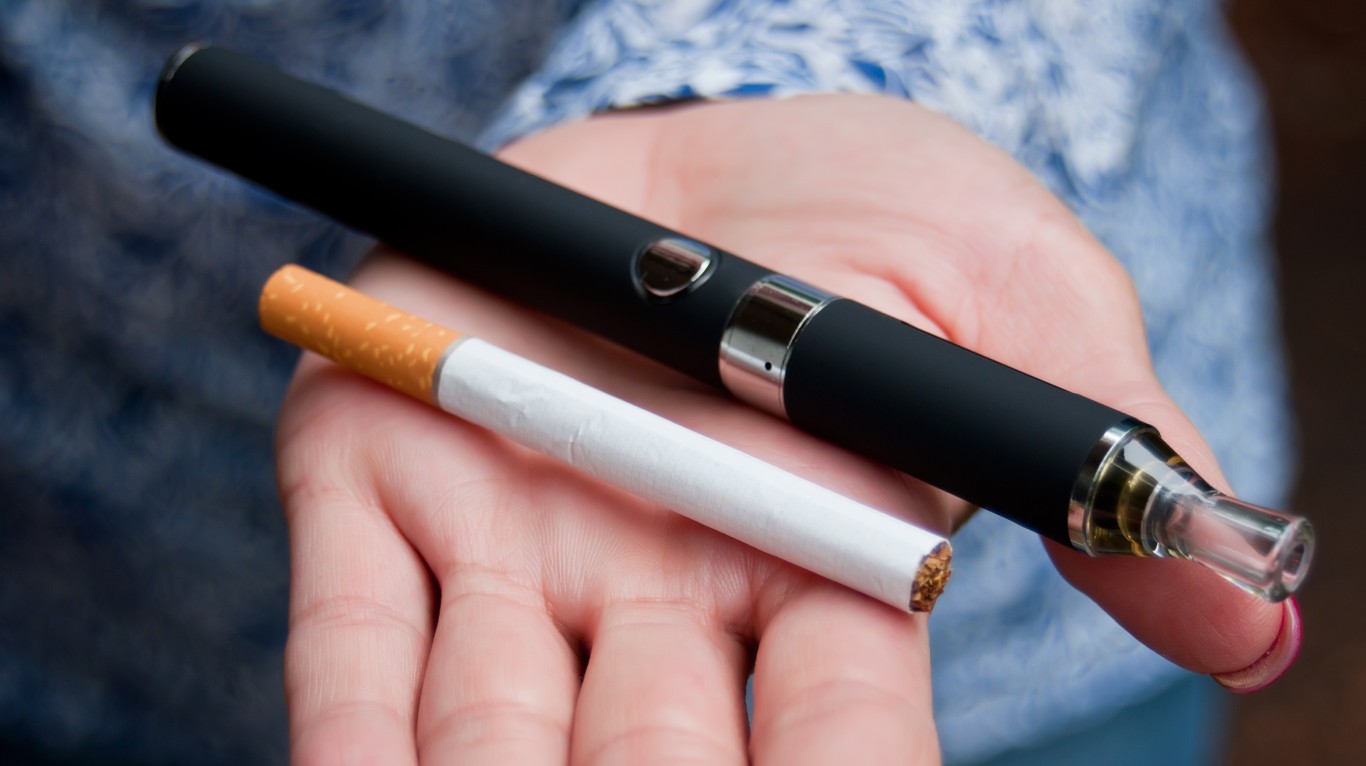
2. E-cigarettes
While components of the technology have existed for decades, the first modern e-cigarette was introduced in 2006. Since then, the devices have become wildly popular as an alternative to traditional cigarettes, and new trends, such as the use of flavored juice, have contributed to the success of companies like Juul.
Recent studies have shown that there remains a great deal of uncertainty and risk surrounding the devices, with an increasing number of deaths and injuries linked to vaping. In early 2020, the FDA issued a widespread ban on many flavors of cartridge-based e-cigarettes, in part because those flavors are especially popular with children and younger adults.
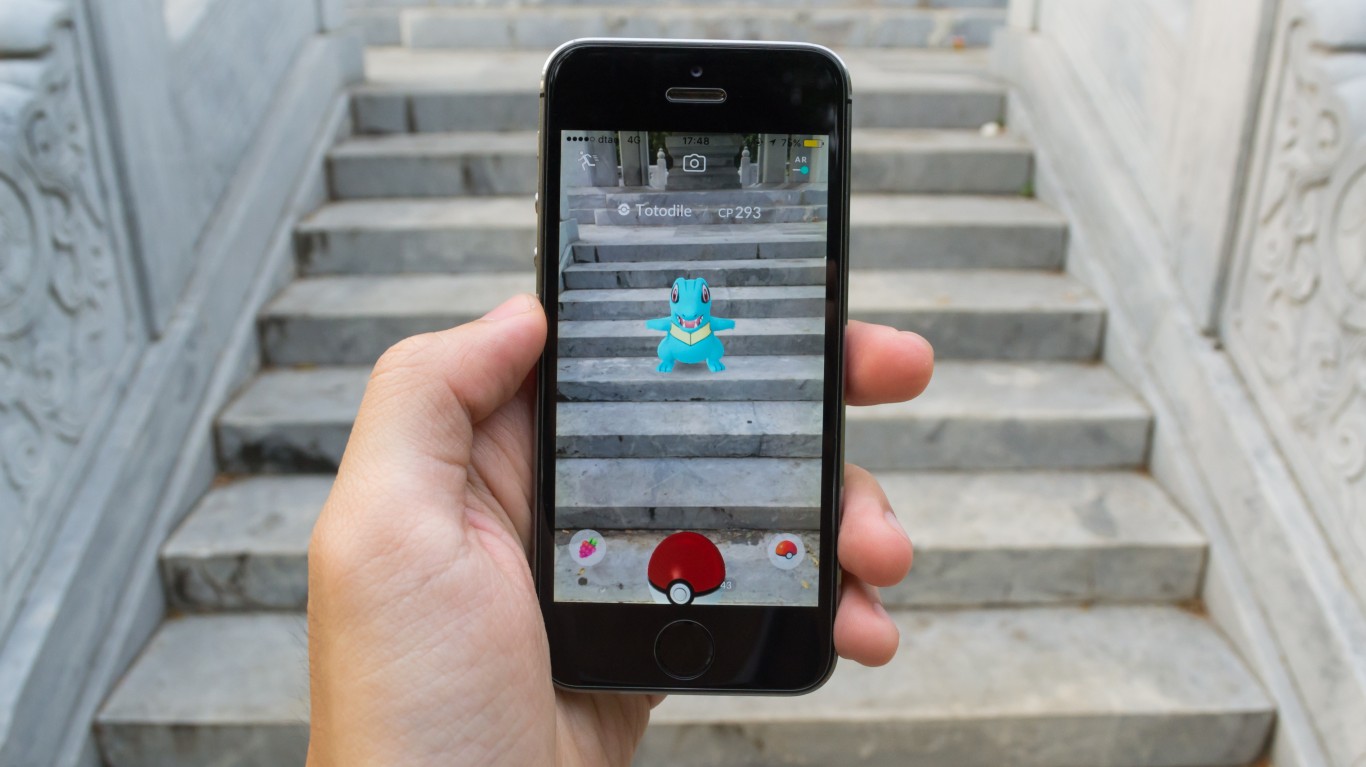
3. Augmented reality
Augmented reality, in which digital graphics are overlaid onto live footage to convey information in real time, has been around for a while. Only recently, however, following the arrival of more powerful computing hardware and the creation of an open source video tracking software library known as ARToolKit that the technology has really taken off.
Smartphone apps like the Pokémon Go game and Snapchat filters are just two small popular examples of modern augmented reality applications. The technology is being adopted as a tool in manufacturing, health care, travel, fashion, and education.
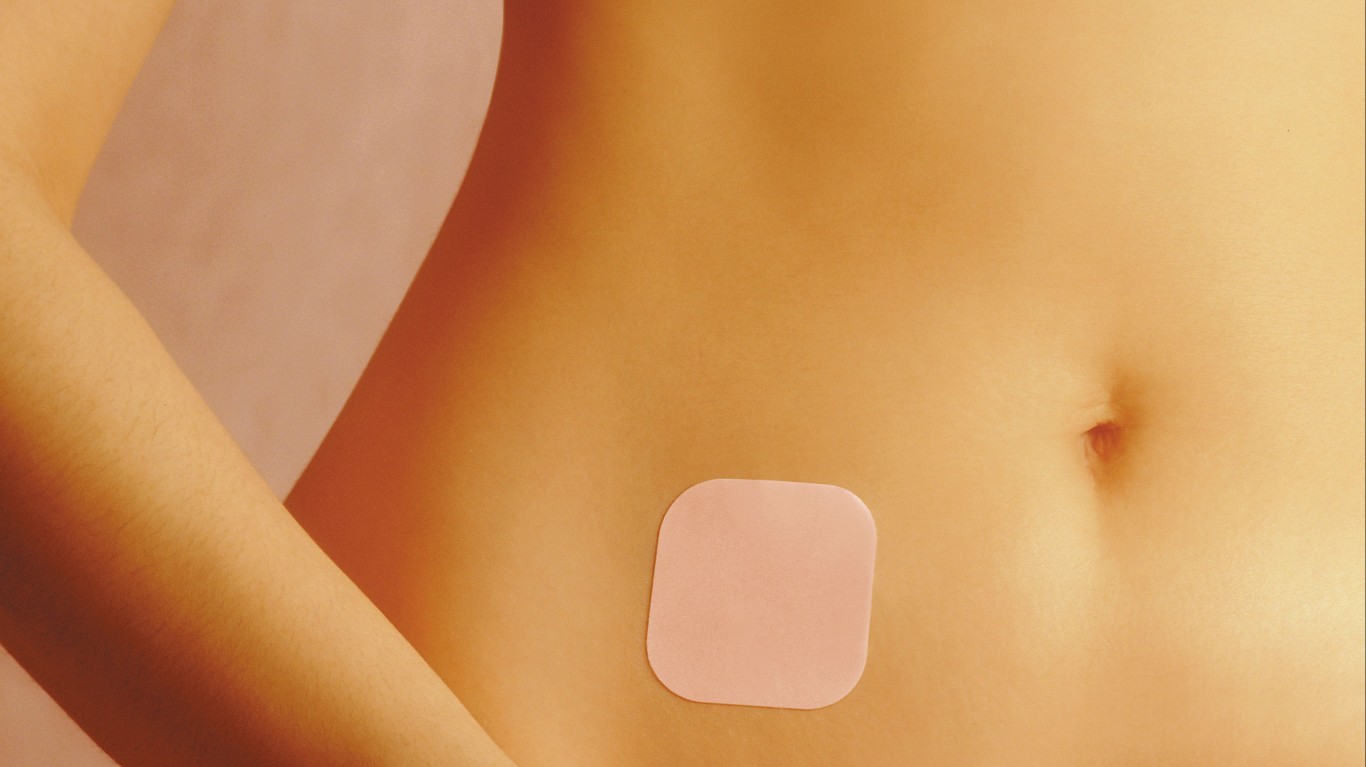
4. Birth control patch
The early years of the millennia have brought about an innovation in family planning, albeit one that is still focused only on women and does nothing to protect against sexually transmitted infections. Still, the birth control patch was first released in the United States in 2002 and has made it much easier for women to prevent unintended pregnancies. The plastic patch contains the same estrogen and progesterone hormones found in birth control pills and delivers them in the same manner as nicotine patches do to help people quit tobacco products.
[in-text-ad-2]
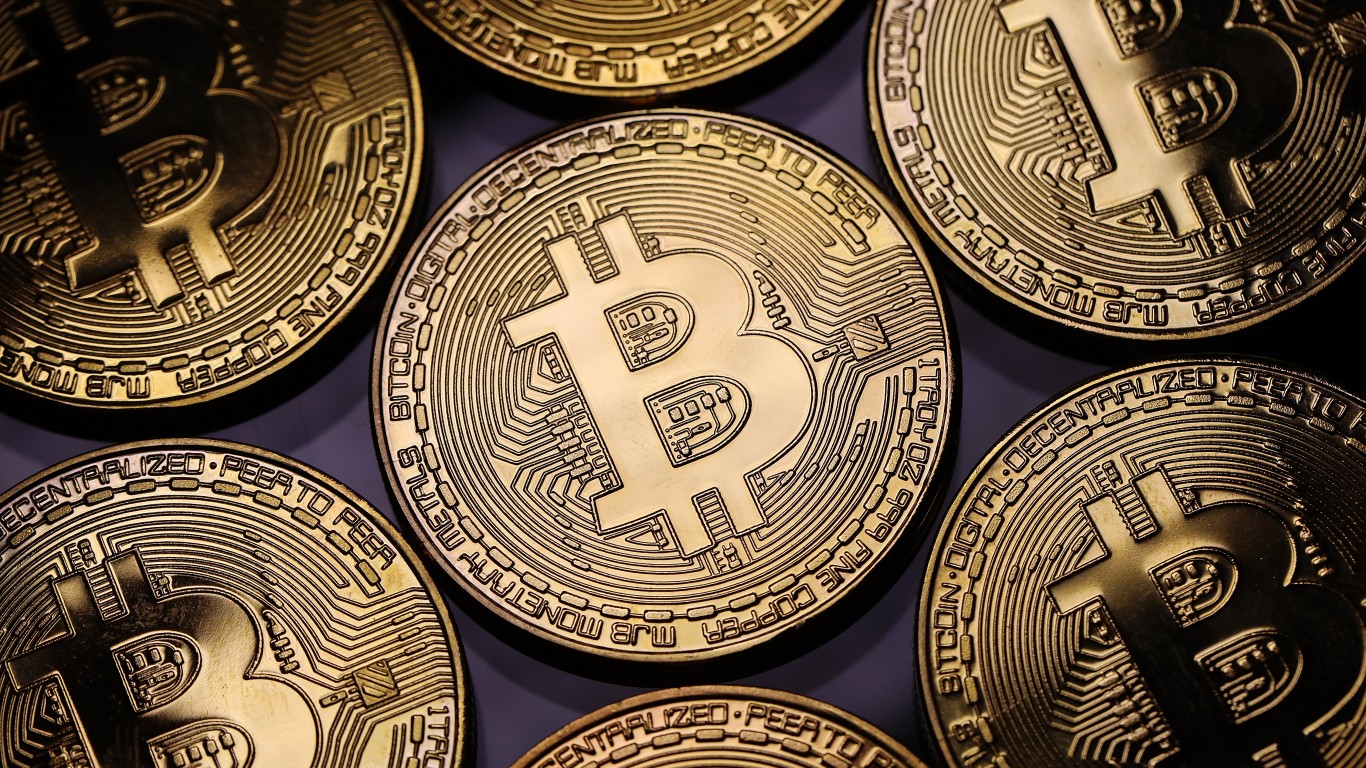
5. Blockchain
You’ve likely heard about it even if you don’t fully understand it. The simplest explanation of blockchain is that it is an incorruptible way to record transactions between parties — a shared digital ledger that parties can only add to and that is transparent to all members of a peer-to-peer network where the blockchain is logged and stored.
The technology was first deployed in 2008 to create Bitcoin, the first decentralized cryptocurrency, but it has since been adopted by the financial sector and other industries for myriad uses, including money transfers, supply chain monitoring, and food safety.

6. Capsule endoscopy
Advancements in light emitting electrodes, image sensors, and optical design in the ’90s led to the emergence of capsule endoscopy, first used in patients in 2001. The technology uses a tiny wireless camera the size of a vitamin pill that the patient swallows. As the capsule traverses the digestive system, doctors can examine the gastrointestinal system in a far less intrusive manner. Capsule endoscopy can be used to identify the source of internal bleeding, inflammations of the bowel ulcers, and cancerous tumors.
[in-text-ad]

7. Modern artificial pancreas
More formally known as closed-loop insulin delivery system, the artificial pancreas has been around since the late ’70s, but the first versions were the size of a filing cabinet. In recent years, the artificial pancreas, used primarily to treat type 1 diabetes, became portable. The first artificial pancreas (the modern, portable kind) was approved for use in the United States in 2016.
The system continuously monitors blood glucose levels, calculates the amount of insulin required, and automatically delivers it through a small pump. British studies have shown that patients using these devices spent more time in their ideal glucose-level range. In December 2019, the FDA approved an even more advanced version of the artificial pancreas, called Control-IQ, developed by UVA.
8. E-readers
Sony was the first company to release an e-reader using a so-called microencapsulated electrophoretic display, commonly referred to as e-ink. E-ink technology, which mimics ink on paper that is easy on the eyes and consumes less power, had been around since the ’70s (and improved in the ’90s), but the innovation of e-readers had to wait until after the broader demand for e-books emerged. Sony was quickly overtaken by Amazon’s Kindle after its 2007 debut. The popularity of e-readers has declined with the emergence of tablets and smartphones, but they still command loyalty from bookworms worldwide.

9. Gene editing
Researchers from the University of California, Berkeley and a separate team from Harvard and the Broad Institute independently discovered in 2012 that a bacterial immune system known as CRISPR (an acronym for clustered regularly interspaced short palindromic repeats) could be used as a powerful gene-editing tool to make detailed changes to any organism’s DNA. This discovery heralded a new era in biotechnology.
The discovery has the potential to eradicate diseases â for example by altering the genes in mice and mosquitoes to combat the spread of Lyme disease and malaria â but is also raising ethical questions, especially with regards to human gene editing such as for reproductive purposes.
[in-text-ad-2]
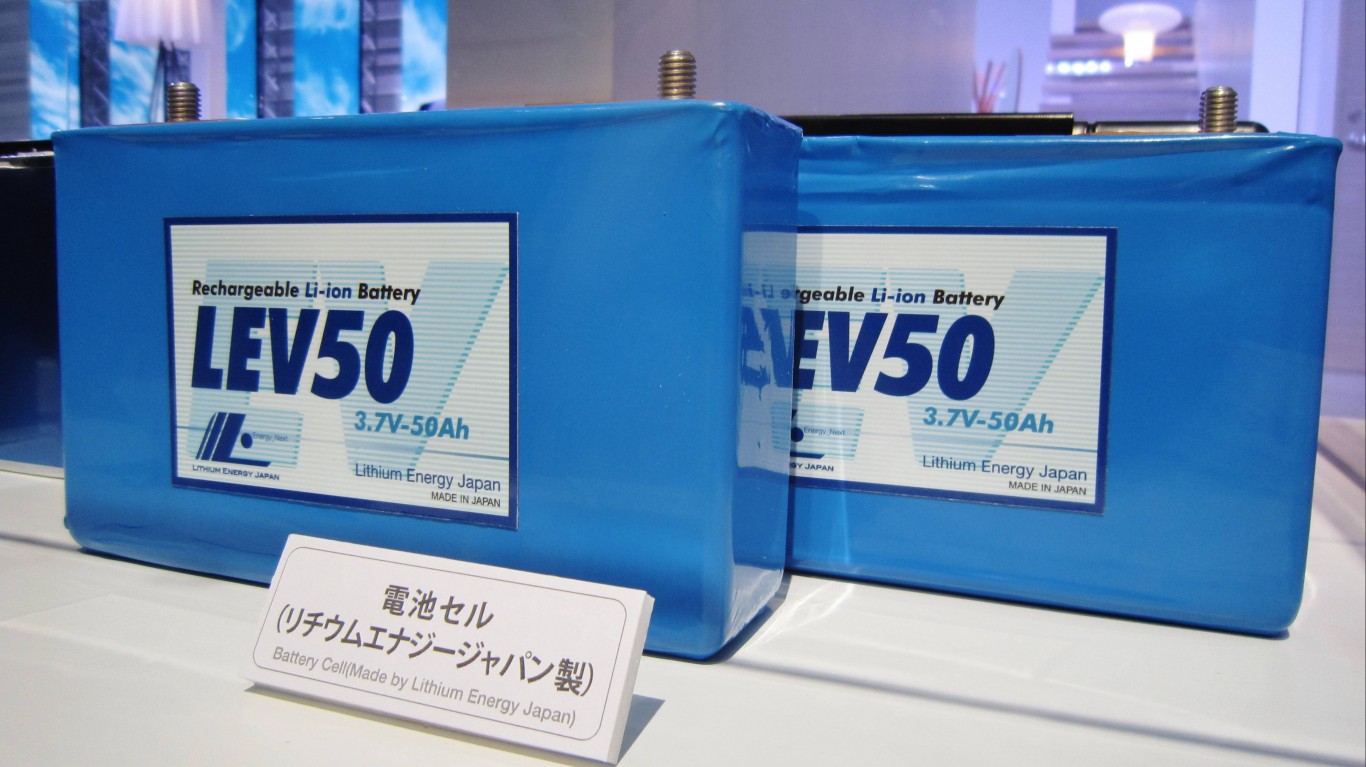
10. High-density battery packs
Tesla electric cars have received so much attention largely because of their batteries. The batteries, located underneath the passenger cabin, consist of thousands of high-density lithium ion cells, each barely larger than a standard AA battery, nestled into a large, heavy battery pack that also offers Tesla electric cars a road-gripping low center of gravity and structural support.
The brainchild of Tesla co-founder J.B. Straubel, these battery modules pack more of a punch than standard (and cheaper) electric car batteries. These packs are also being used in residential, commercial, and grid-scale energy storage devices.

11. Digital assistants
One of the biggest technology trends in recent years has been smart home technology, which can now be found in everyday consumer devices like door locks, light bulbs, and kitchen appliances. The key piece of technology that has helped make all this possible is the digital assistant. Apple was the first major tech company to introduce a virtual assistant called Siri, in 2011, for iOS.
Other digital assistants, such as Microsoft’s Cortana and Amazon’s Alexa, have since entered the market. The assistants gained another level of popularity when tech companies introduced smart speakers. Notably, Google Home and Amazon’s Echo can now be found in millions of homes, with an ever-growing range of applications.
[in-text-ad]

12. Robot heart
Artificial hearts have been around for some time. They are mechanical devices connected to the actual heart or implanted in the chest to assist or substitute a heart that is failing. Abiomed, a Danvers, Massachusetts-based company, developed a robot heart called AbioCor, a self-contained apparatus made of plastic and titanium. AbioCor is a self-contained unit with the exception of a wireless battery pack that is attached to the wrist. Robert Tools, a technical librarian with congestive heart failure, received the first one on July 2, 2001.

13. Retinal implant
When he was a medical student, Dr. Mark Humayun watched his grandmother gradually lose her vision. The ophthalmologist and bioengineer focused on finding a solution to what causes blindness. He collaborated with Dr. James Weiland, a colleague at the USC Gayle and Edward Roski Eye Institute, and other experts to create the Argus II.
The Argus II is a retinal prosthesis device that is considered to be a breakthrough for those suffering from retinitis pigmentosa, an inherited retinal degenerative condition that can lead to blindness. The condition afflicts 1.5 million people worldwide. The device was approved by the U.S. Food and Drug Administration in 2013.

14. Mobile operating systems
Mobile operating systems for smartphones and other portable gadgets have enabled the proliferation of smartphones and other mobile gadgets thanks to their intuitive user interfaces and seemingly endless app options. Mobile operating systems have become the most consumer-facing of computer operating systems. When Google first purchased Android Inc. in 2005, the operating system was just two years old, and the first iPhone (with its iOS) was still two years from its commercial debut.
[in-text-ad-2]
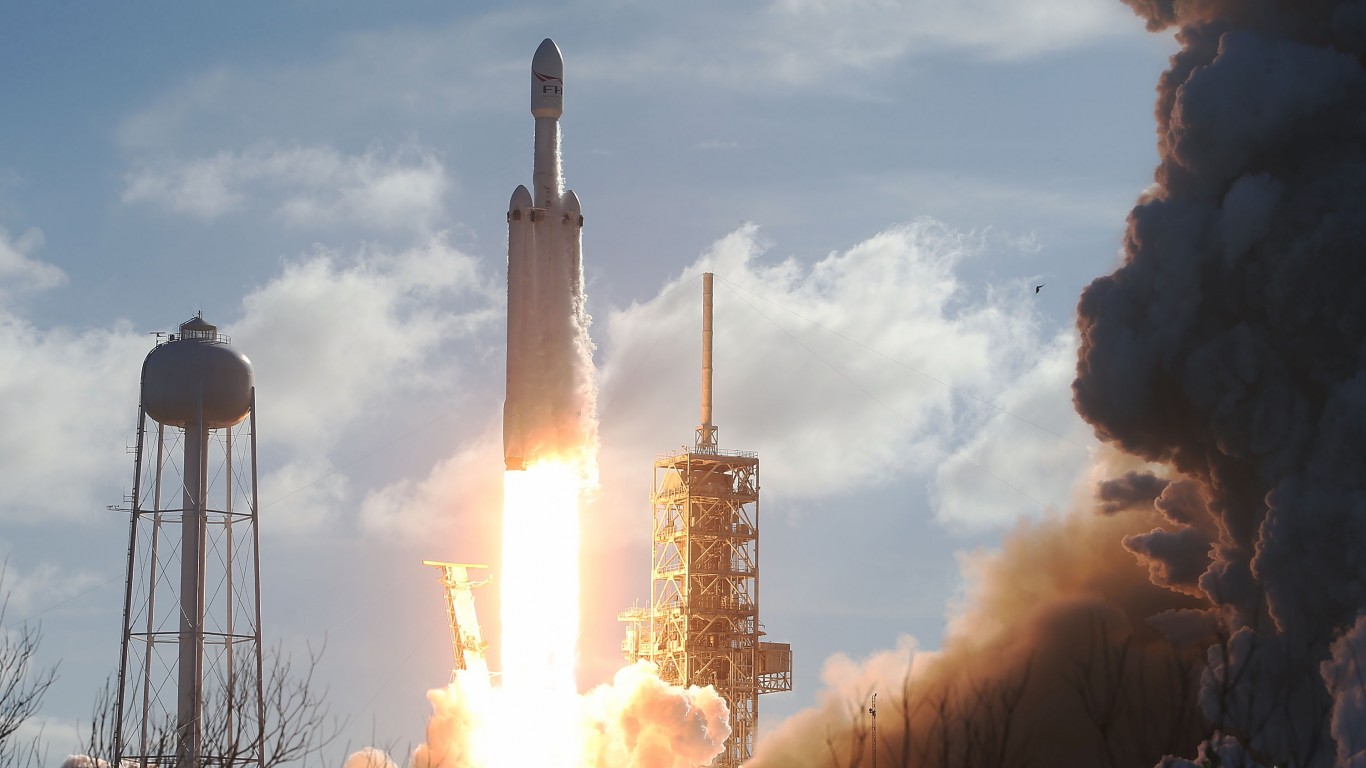
15. Multi-use rockets
Billionaire entrepreneur Elon Musk may not necessarily be remembered for his contributions to electric cars innovations, but rather for his contributions to space exploration. Musk’s private space exploration company, SpaceX, has developed rockets that can be recovered and reused in other launches — a more efficient and cheaper alternative to the method of using the rockets only once and letting them fall into the ocean.
On March 30, 2017, SpaceX became the first to deploy one of these used rockets, the Falcon 9. Blue Origin, a space-transport company founded by Amazon.com’s Jeff Bezos, has launched its own reusable rocket.

16. Online streaming
Online streaming would not be possible without the convergence of widespread broadband internet access and cloud computing data centers used to store content and direct web traffic. While internet-based live streaming has been around almost since the internet was broadly adopted in the ’90s, it was not until the mid-2000s that the internet could handle the delivery of streaming media to large audiences. Online streaming is posing an existential threat to existing models of delivering media entertainment, such as cable television and movie theaters.
[in-text-ad]

17. Robotic exoskeletons
Ever since researchers at the University of California, Berkeley, created in 2003 a robotic device that attaches to the lower back to augment strength in humans, the demand for robotic exoskeletons for physical rehabilitation has increased, and manufacturing has taken off. Wearable exoskeletons are increasingly helping people with mobility issues (particularly lower body paralysis), and are being used in factories. Ford Motor Company, for example, has used an exoskeleton vest that helps auto assemblers with repetitive tasks in order to lessen the wear and tear on shoulders and arms.

18. Small satellites
As modern electronics devices have gotten smaller, so, too, have orbital satellites, which companies, governments, and organizations use to gather scientific data, collect images of Earth, and for telecommunications and intelligence purposes. These tiny, low-cost orbital devices fall into different categories by weight, but one of the most common is the shoebox-sized CubeSat. As of October 2019, over 2,400 satellites weighing between 1 kg (2.2 lbs) and 40 kgs (88 lbs) have been launched, according to Nanosats Database.
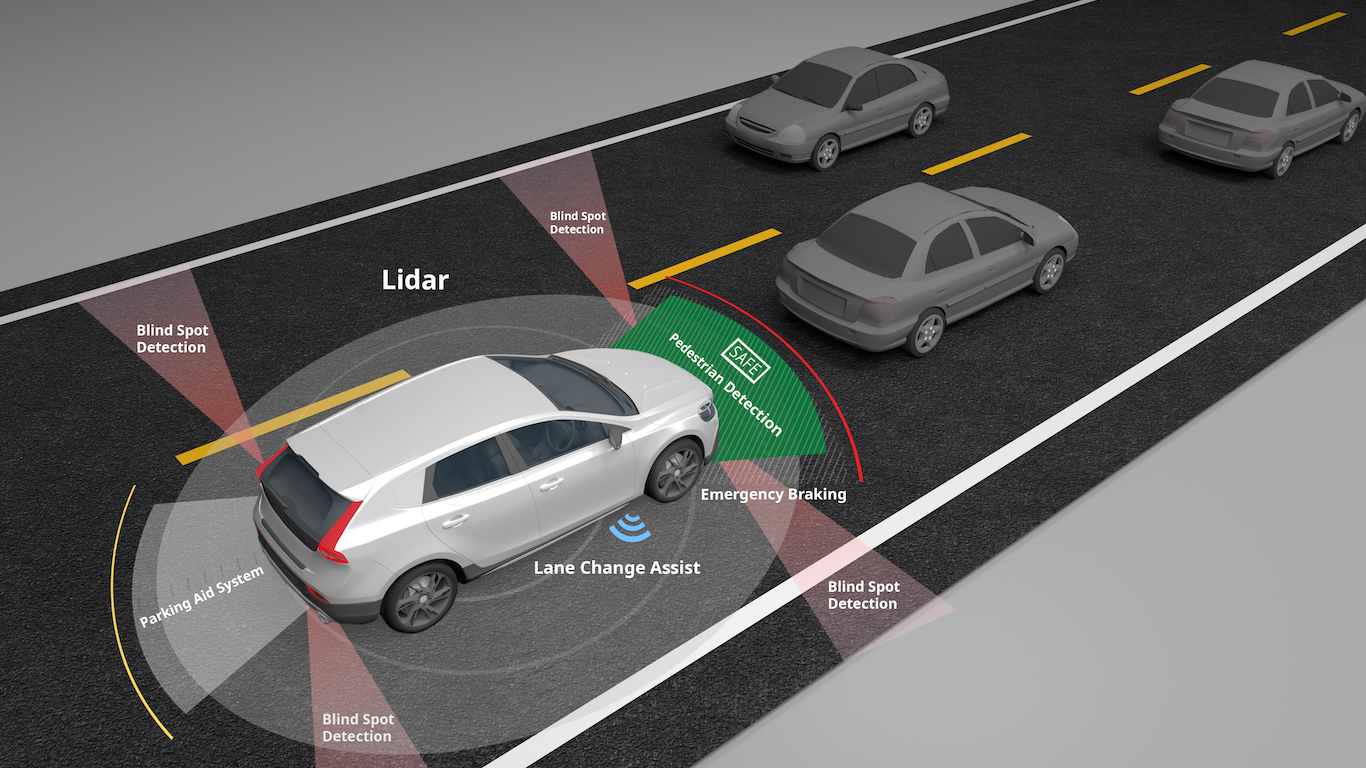
19. Solid-state lidar
Lidar is an acronym that stands for light detection and ranging, and is also a portmanteau of the words “light” and “radar.” The technology today is most often used in self-driving cars. Like radars, which use radio waves to bounce off objects and determine their distance, lidar uses a laser pulse to do the same.
By sending enough lasers in rotation, it can create a constantly updated high-resolution image map of the surrounding environment. The next steps in the technology would include smaller and cheaper lidar sensors, and especially solid state ones — no spinning tops on the cars.
[in-text-ad-2]
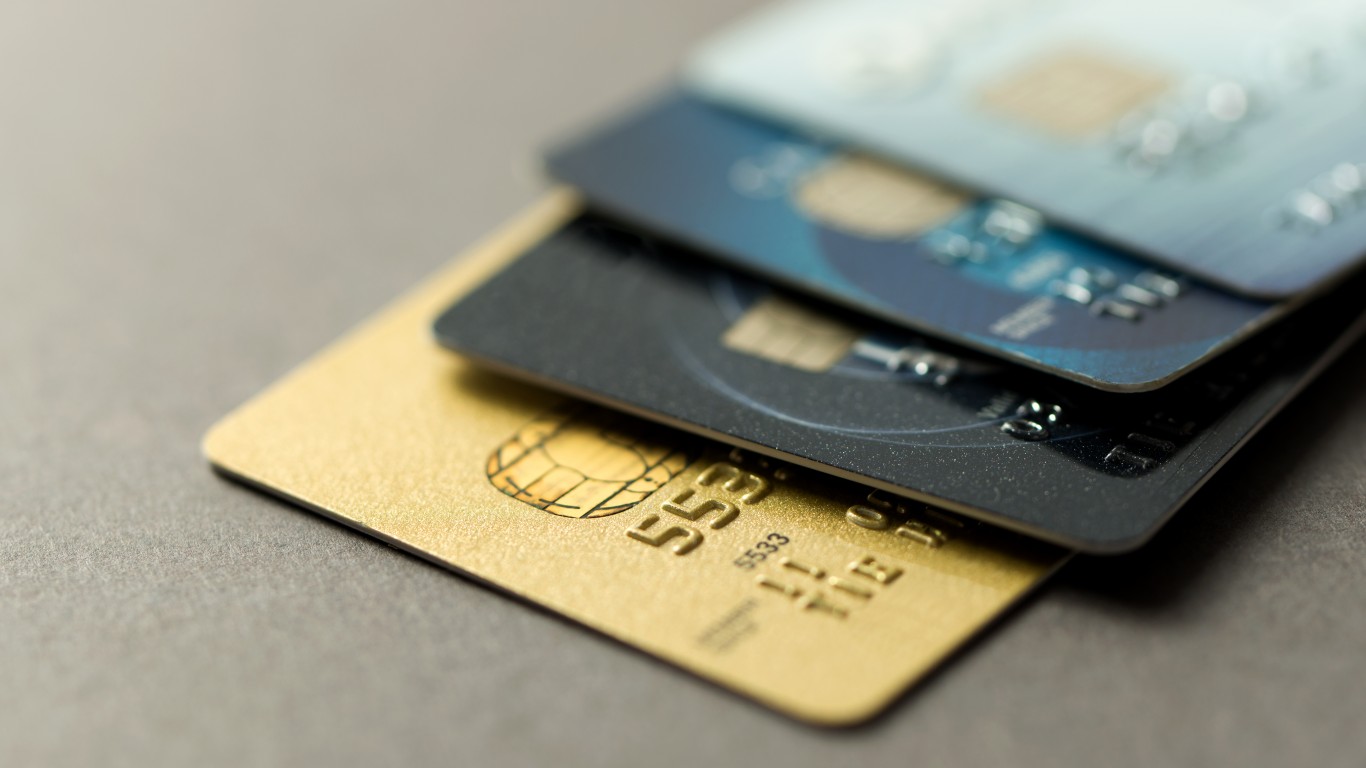
20. Tokenization
If you have ever used the chip embedded in a credit or debit card to make a payment by tapping rather than swiping, then you have benefited from the heightened security of tokenization. This data security technology replaces sensitive data with an equivalent randomized number â known as a token â that is used only once per transaction and has no value to would-be hackers and identity thieves attempting to intercept transaction data as it travels from sender to recipient. Social media site classmates.com was reportedly the first to use tokenization in 2001 to protect its subscribers’ sensitive data. Tokenization is also being touted as a way to prevent hackers from interfering with driverless cars.

21. Touchscreen glass
Super-thin, chemically strengthened glass is a key component of the touchscreen world. This sturdy, transparent material is what helps keep your iPad or Samsung smartphone from shattering into pieces at the slightest drop. Even if these screens crack, in most cases the damage is cosmetic and the gadget still works. Corning Inc., already a leader in the production of treated glass used in automobiles, was asked by Apple to develop 1.3-mm treated glass for its iPhone, which debuted in 2007. Corning’s Gorilla Glass is still the most well known, though other brands exist in the marketplace.
Start by taking a quick retirement quiz from SmartAsset that will match you with up to 3 financial advisors that serve your area and beyond in 5 minutes, or less.
Each advisor has been vetted by SmartAsset and is held to a fiduciary standard to act in your best interests.
Here’s how it works:
1. Answer SmartAsset advisor match quiz
2. Review your pre-screened matches at your leisure. Check out the advisors’ profiles.
3. Speak with advisors at no cost to you. Have an introductory call on the phone or introduction in person and choose whom to work with in the future
Thank you for reading! Have some feedback for us?
Contact the 24/7 Wall St. editorial team.